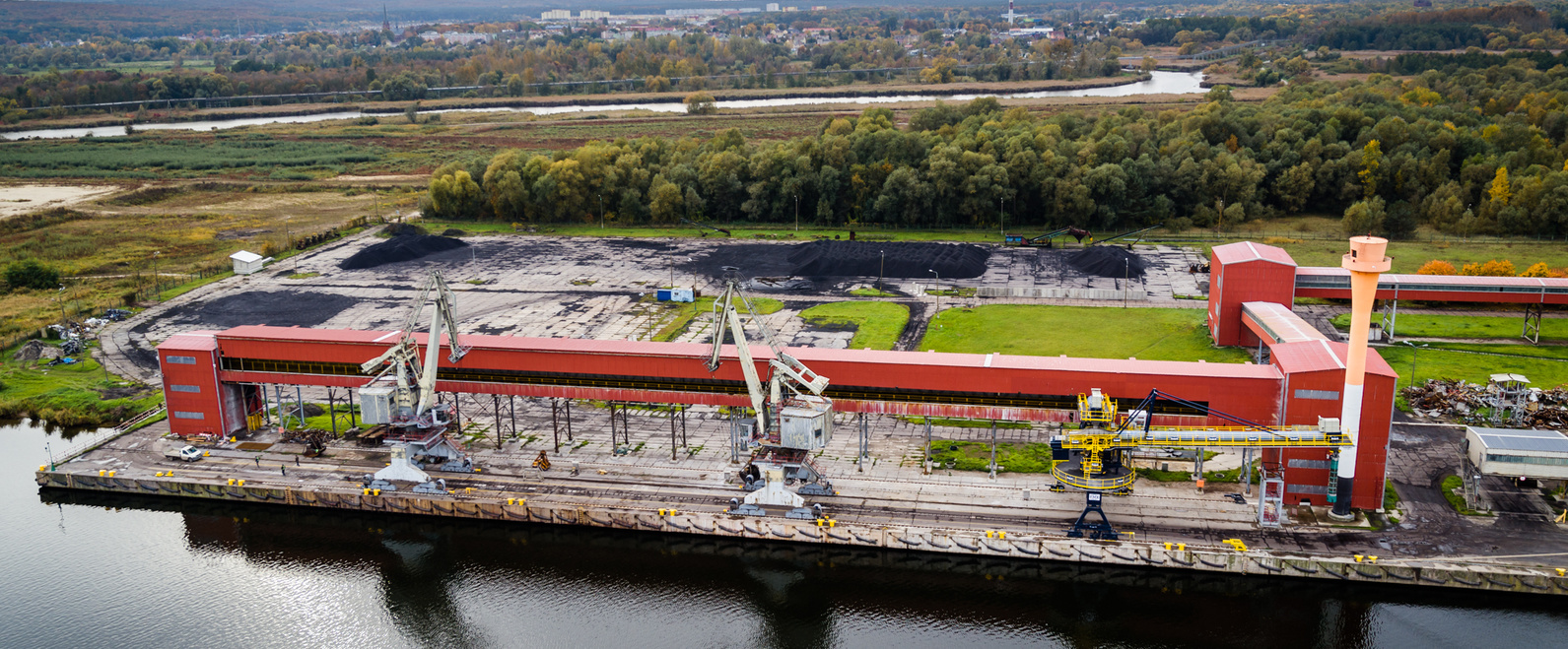
In early December of last year, a single shipment of more than 20,000 tons of potash arrived from Canada for Grupa Azoty Police. The unloading took place at the Seaport, which typically handles phosphorites. Purchasing such a large volume of potash—taking advantage of economies of scale—resulted in significant cost savings. This successful logistics operation at the Seaport has also created opportunities to diversify supply routes for this essential fertilizer raw material.
- We optimize costs in every area of the Group’s operations, harnessing synergy effects across our entire Capital Group, but above all, seeking less expensive raw materials that are key to any production. Lower raw material costs translate into lower product prices and greater market competitiveness - stresses Andrzej Dawidowski, Vice President of the Management Board of Grupa Azoty S.A. and President of the Management Board of Grupa Azoty Police.
Potash is delivered to Grupa Azoty Police by rail, road, and sea transport, with the latter proving most efficient, given that it can deliver the largest quantities in a single shipment.
The Barge Port infrastructure in Police is already equipped to handle potash. Over the past two years, the largest single deliveries by ship were around 2,000 tons, reflecting the technical limits of the quay, which services barges and vessels up to 120 meters in length with a draft of four meters (approximately 3,000 DWT).
In contrast, the Seaport has a 415-meter quay and a working depth of 12.5 meters, allowing large ocean-going vessels to dock. Adapting this infrastructure to receive additional raw materials and products thus represents a significant growth opportunity for Grupa Azoty Police.
Transporting goods on larger vessels results in tangible cost savings for the company. Purchasing larger quantities of raw materials at once strengthens the company’s negotiating position and lowers freight costs on a per-ton basis.
Preparing the Seaport to unload potash required modifications to existing facilities. Until now, the Seaport’s unloading infrastructure was dedicated solely to phosphate-bearing raw materials. However, to optimize the potash supply chain—and because Canadian potash has a similar bulk density to phosphorites—loading systems were adapted for the new raw material. This involved enhancing dust extraction on cranes and protecting sensitive electronic components from excessive exposure to salt. Additionally, in cooperation with Grupa Azoty Transtech, the company planned internal logistics to optimize available storage space and deliver the raw material efficiently for production.
Grupa Azoty Police operates several port quays:
Currently, another 20,000 tons of potash from Canada are being unloaded.
